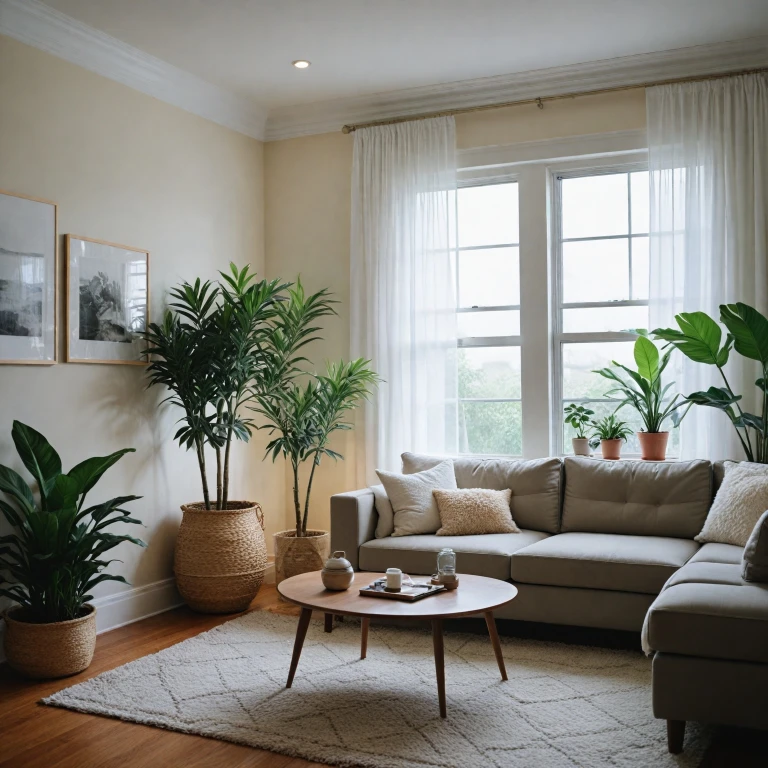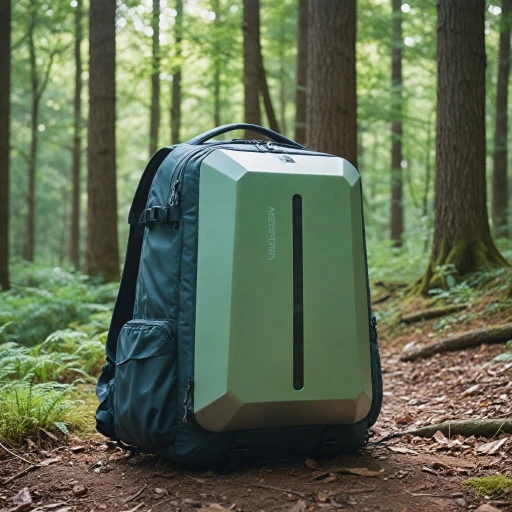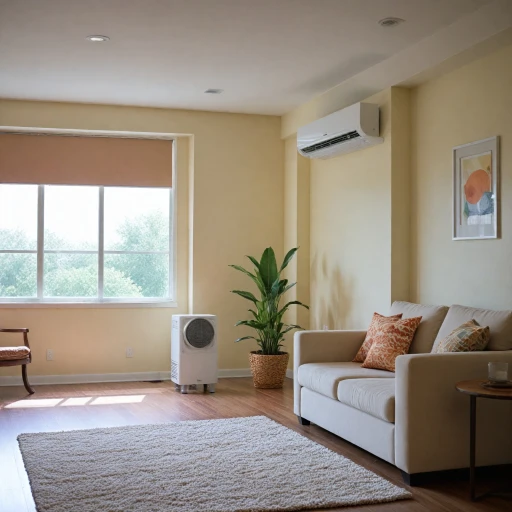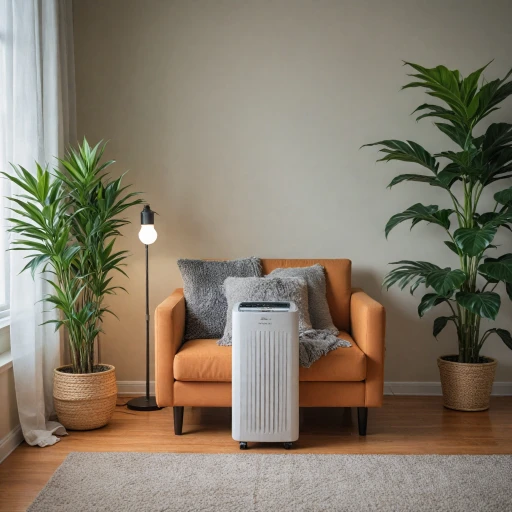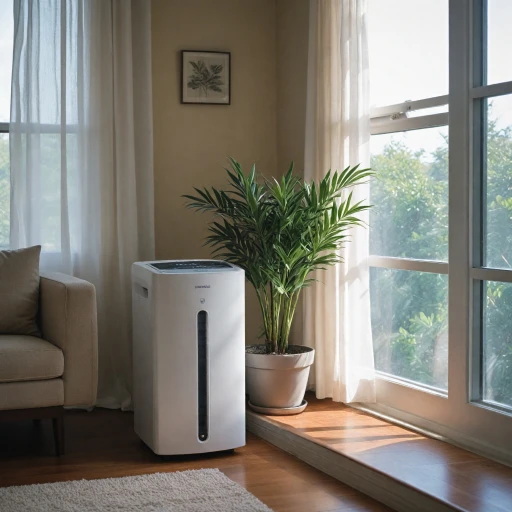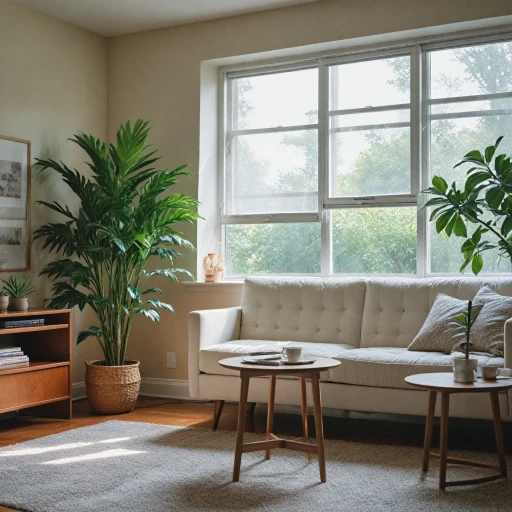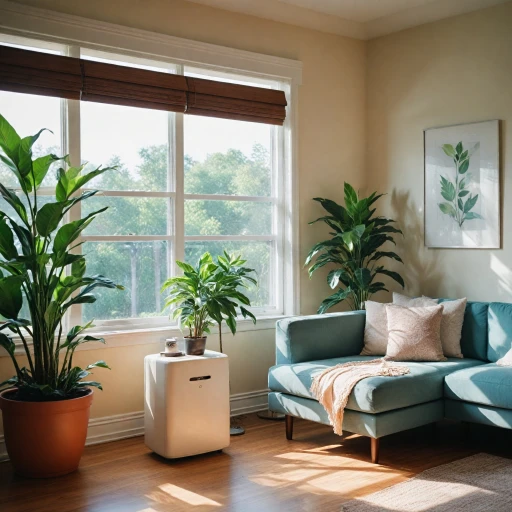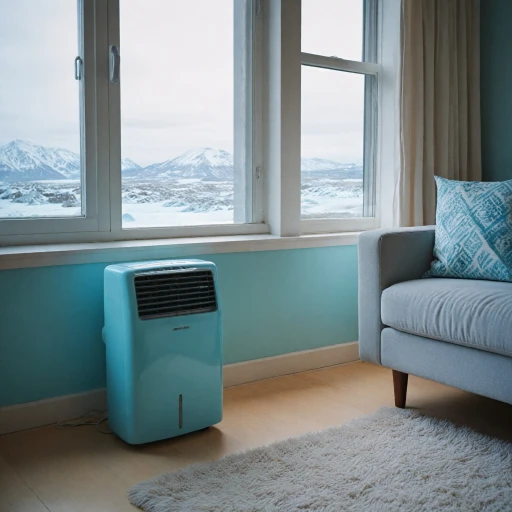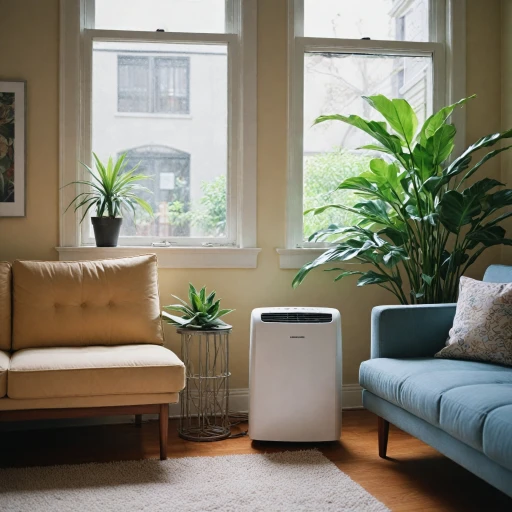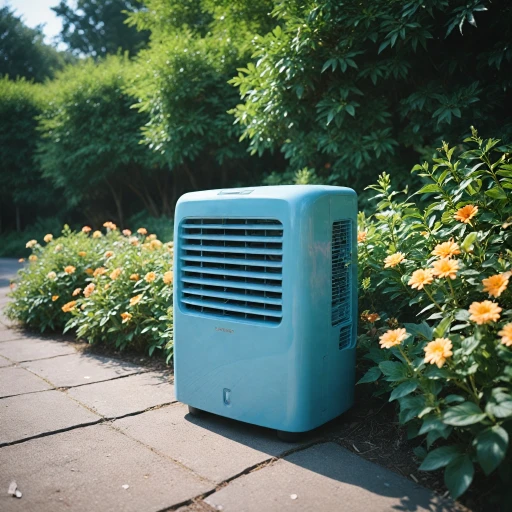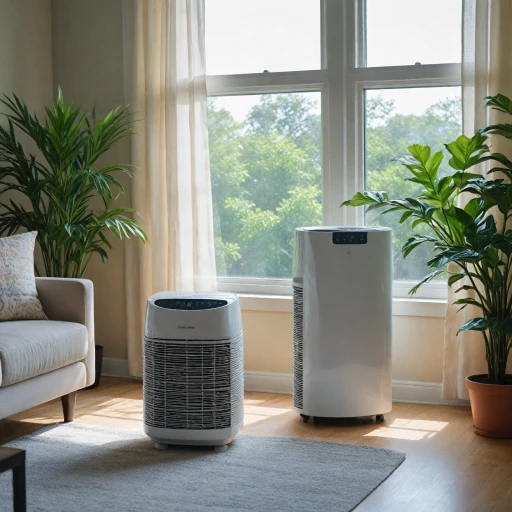
Understanding Noise Levels in Portable AC Units
Decoding Noise Levels in Portable ACs
When it comes to choosing a portable air conditioner, understanding noise levels is crucial for ensuring a peaceful environment. Noise levels in portable AC units are typically measured in decibels (dB), and even a small difference in dB can significantly impact your comfort, especially during sleep or quiet activities.
Most portable air conditioners operate between 50 to 70 dB. For context, a quiet library is around 40 dB, while normal conversation is about 60 dB. Therefore, selecting a unit with a lower dB rating can make a noticeable difference in maintaining a tranquil room atmosphere.
Factors Influencing Noise Levels
- Fan Speed: Higher fan speeds often mean more noise. Look for models with adjustable fan speeds to control noise levels.
- Compressor Type: Compressors are a primary noise source. Some models feature quieter compressors, which can be a game-changer for noise-sensitive users.
- Dual Hose Design: Units with a dual hose design can be quieter as they are more efficient in cooling, reducing the need for the compressor to work as hard.
- Sleep Mode: Many quiet portable air conditioners offer a sleep mode, which reduces noise by adjusting the fan speed and compressor operation during nighttime.
For those seeking more detailed insights into selecting the right quiet mobile air conditioner for your home, consider exploring this comprehensive guide.
Understanding these factors can help you make an informed decision, ensuring that your portable AC not only cools efficiently but also operates quietly. As you explore further sections, you'll find tips on installation and maintenance practices that can further minimize noise, enhancing your overall experience with your portable unit.
Top Features to Look for in a Quiet Portable AC
Key Features to Consider
When shopping for a quiet portable air conditioner, focusing on specific features can significantly enhance your experience. Here are vital elements to keep in mind while selecting a unit for your home:- BTU Rating: The key to effective cooling lies in selecting the right BTU (British Thermal Unit) for your room size. A higher BTU rating translates to more cooling power. However, ensure the BTU portable label matches your room's square footage for optimal performance without unnecessary noise.
- Fan Speed and Modes: Quiet portable ACs typically offer adjustable fan speeds. Look for a portable unit with multiple settings, including a quiet sleep mode, to minimize noise while offering flexibility. A fan dehumidifier mode is an added advantage for dual functionality.
- Noise Level Specifications: Delve into the decibel ratings—lower is better. Consider models with noise-reducing technologies that promise quiet operation. Understanding "quiet operation" in user reviews can also help in making an informed decision.
- Comprehensive Control Features: A remote control enhances convenience, allowing you to adjust settings from across the room. Opt for units featuring a timer for quiet operation, giving flexibility in managing your cooling needs.
- Efficient Hose Design: Dual hose models are often quieter and more efficient, reducing cycling noise as they effectively manage hot and cool air. Consider models like the white model Midea Duo, known for its efficient hose design.
- Powerful yet Quiet Fan Operations: A high-performance fan doesn’t always equate to high noise levels. Look for innovative technology that reduces noise without sacrificing the air conditioner's cooling prowess.
Comparing Popular Quiet Portable AC Models
Evaluating Leading Portable Air Conditioners
When searching for the quietest portable AC unit, it’s essential to compare popular models that excel in minimizing noise while providing optimal cooling. Beyond understanding noise levels and desired features, a closer look at specific models will offer clarity on your best choice.
Some noteworthy units to consider include the Midea Duo, which is celebrated for its quiet operation. This model features a dual hose design, which often results in more efficient and quieter performance. With a cooling capacity typically in the range of 8,000 to 14,000 BTU, it provides adequate power to cool a room spanning several hundred square feet.
Another contender is the white model from a well-known brand that specifically optimizes its fans and compressors to reduce noise. This model often comes equipped with a sleep mode, which further lowers noise levels to keep your room serene during the night. Additionally, its adjustable fan speed ensures that the sound doesn’t become a hindrance even at high power.
- Sleep Mode: Ensures quieter nights.
- Remote Control: Provides ease of use from anywhere in the room.
- Diverse Fan Speeds: Customizable cooling and noise preferences.
Aside from design and inherent features, consider these units’ timer functions, allowing you to schedule operation efficiently. This not only improves convenience but keeps operations quiet when less activity and noise are desired.
For those weighing options between different models, it is advisable to read product reviews and user testimonials to gather insights on real-world experiences. In doing so, you'll be better positioned to find not just a model that suits your space but also offers reliable and quiet operation.
Installation Tips for Minimizing Noise
Install Your Portable AC for Optimal Quietness
Achieving a quiet operation with your portable air conditioner involves strategic installation practices. Here’s how you can ensure that your portable unit delivers the tranquility you desire:
- Location Matters: Place your air conditioner in a spot where its exterior hose can be easily extended and vented outside. This setup helps in minimizing noise by ensuring efficient air flow. Avoid putting the unit near corners or enclosed spaces where noise could be amplified.
- Secure the Hose: The hose design plays a crucial role in the unit’s overall sound profile. Make sure the hose is properly fitted without any leaks. Loose fittings can cause rattling and increase the noise level.
- Surface Stability: Ensure the portable unit is placed on a stable surface to prevent vibrations that contribute to noise. Consider using a soft mat or pad beneath the unit to dampen any potential unwanted sound.
- Consider Dual Hose Models: Dual hose models often operate more quietly as they reduce pressure on the unit by efficiently balancing cooling and air exchange. They provide a smoother operation which might translate into a quiet experience.
- Utilize Sleep Mode: Most quiet portable air conditioners feature a sleep mode, which is specifically designed for quiet operation during the night. Activating this mode can significantly reduce fan noise while maintaining an optimal cool temperature for sleep.
These installation tips, when combined with careful selection of a suitable model, will greatly improve the sound profile of your portable AC, enhancing your environment with efficient cooling and quiet operation.
Maintenance Practices for a Quieter Operation
Routine Care for Prolonged Quietness
Incorporating regular maintenance practices can significantly contribute to a quieter operation of your portable air conditioner. Here's how you can ensure your portable unit remains as unobtrusive as possible:- Filter Maintenance: Regularly cleaning or replacing the filters is crucial. Clean filters not only help maintain air quality but also ensure that the fan and cooling mechanisms operate without unnecessary strain, thus minimizing noise.
- Check the Hose: Whether your model uses a single or dual hose design, ensuring the hose is free from obstructions and properly connected can prevent rattling sounds. A well-fitted hose contributes to efficient cooling, which can help keep the noise of the fan and compressor low.
- Keep It Level: Place your portable unit on a flat and stable surface. This reduces vibrations and ensures that the portable ac unit runs smoothly, contributing to a quiet operation.
- Monitor Fan Speed and Mode: Utilize the multiple fan speed settings and select "quiet sleep" or similar modes if available. These options allow the fan and compressor to run at lower speeds, which can significantly reduce noise levels.
- Inspect for Loose Parts: Over time, parts inside the unit can become loose, leading to increased noise. Regular checks and tightening any loose components can help maintain a quieter operation.
Balancing Quietness with Cooling Efficiency
Striking a Balance Between Serenity and Efficiency
When selecting a quiet portable air conditioner, it’s essential to weigh more than just its ability to silence intrusive noise. Achieving the perfect harmony between quietness and cooling efficiency ensures that the room remains a pleasant retreat during those sweltering summer days. Here are a few key considerations:- BTU Rating: A higher BTU portable air conditioner can cool larger rooms effectively. However, this doesn't mean sacrificing quietness. Look for models where advanced engineering suppresses noise without compromising the unit's cooling performance.
- Fan Speed Settings: Adjusting the fan speed can also help in balancing noise and cooling. While higher speeds can increase air circulation and cooling, lower settings available in quiet models provide a calm space to unwind.
- Dual Hose Design: Some quiet portable air conditioners include this feature to improve air circulation and enhance cooling efficiency. Consequently, the unit doesn't overexert itself, maintaining a quieter operation.
- Modes and Controls: Using sleep mode or an intuitive remote control to tailor the functioning of your portable unit can effectively lower noise without any cooling trade-offs.
- Energy Efficiency: Look for models with energy-efficient ratings. They consume less power while delivering optimal performance, creating less strain on the unit and hence, reducing noise.
